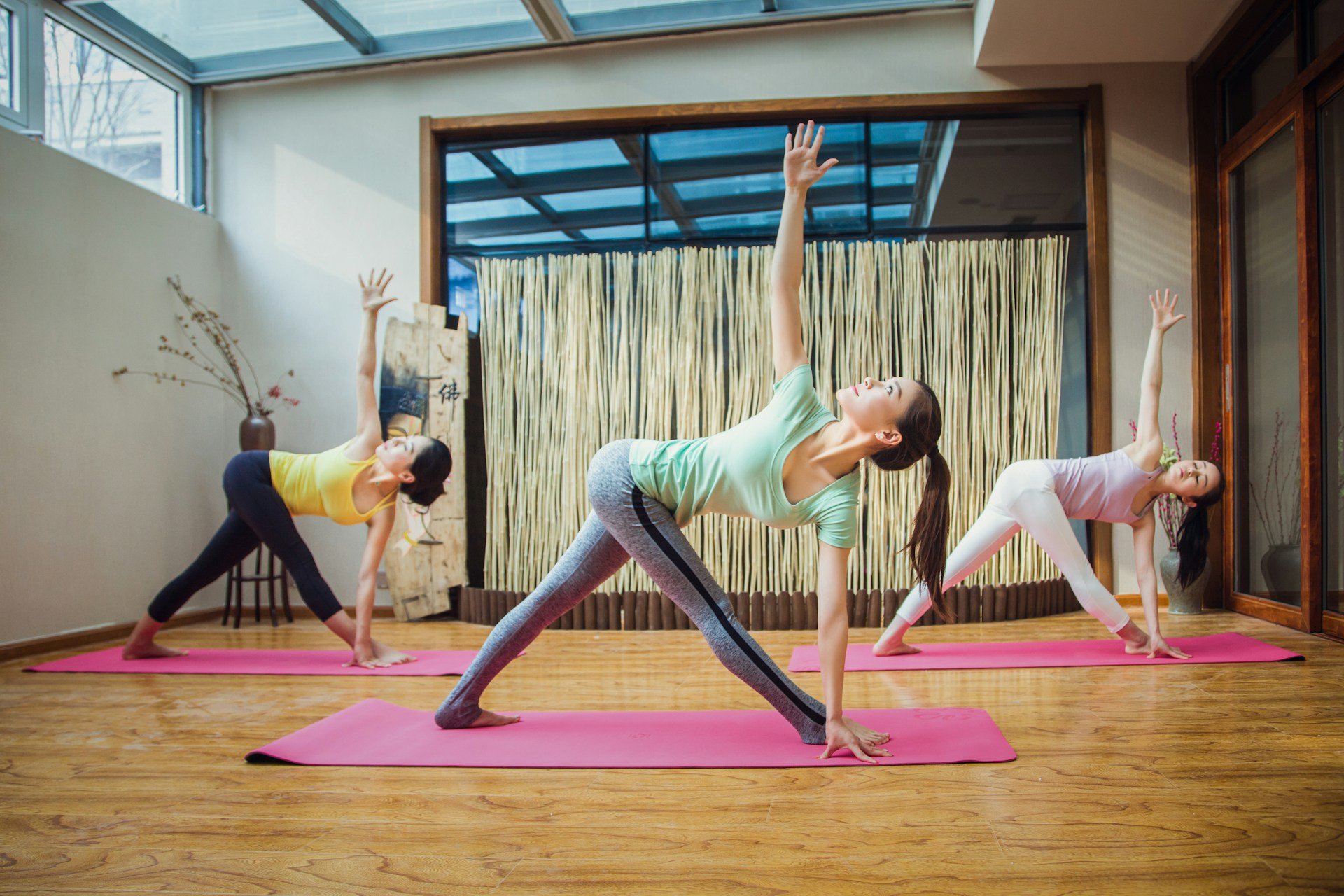WHICH TYPE OF STRETCHING IS BETTER. DYNAMIC VS. STATIC ?
Static stretching can yield tremendous benefits.
Why is Stretching Important ?
Stretching is a fundamental component of any fitness regimen, helping to improve flexibility, prevent injury, and enhance overall performance. However, not all stretches are created equal. There are two primary types of stretching, dynamic and static. Both have unique benefits and are best suited for different times during your workout routine. Let’s dive into the benefits of dynamic and static stretching and how you can effectively incorporate them into your fitness plan.
For more information about stretching click here.
Dynamic Stretching to Prepare Your Body for Activity
Dynamic stretching involves active movements that stretch your muscles through their full range of motion. These stretches are typically performed before a workout or physical activity and are designed to prepare your body for the demands of exercise. Here are some key benefits of dynamic stretching:
1. Increases Blood Flow and Warmth
Dynamic stretching helps to increase your heart rate and blood flow to your muscles, warming them up and making them more pliable. This enhanced blood circulation ensures that your muscles receive the necessary oxygen and nutrients, reducing the risk of injury.
2. Enhances Muscle Performance
By mimicking the movements you’ll be performing during your workout, dynamic stretches activate the muscles you’ll be using. This activation improves muscle performance, coordination, and efficiency, helping you perform better during your workout.
3. Improves Range of Motion
Dynamic stretching helps to improve your joint flexibility and range of motion, making it easier to perform various exercises with proper form. This increased range of motion can enhance your overall performance and reduce the likelihood of strains and sprains.
4. Prepares Your Nervous System
Dynamic stretches stimulate your central nervous system, preparing your body for the physical activity ahead. This stimulation can improve your reaction time, balance, and agility, which are crucial for many sports and high-intensity workouts.
Examples of Dynamic stretches:
Leg Swings: Forward and sideways leg swings to loosen up the hips and legs.
Arm Circles: Small to large circles to warm up the shoulders.
Lunge with a Twist: A forward lunge combined with a torso twist to engage the core and lower body.
High Knees: Running in place with high knee lifts to activate the leg muscles.
Butt Flips: Running forward, getting your heels up as high as possible, stretching the quadriceps muscles,
Wide stance toe touch: Reaching across the body touching your toes, keeping your legs straight.
Implement stretching into your daily routine.
Static Stretching for Enhancing Flexibility and Relaxation
Static stretching involves holding a stretch for an extended period, usually between 15 to 60 seconds. These stretches are typically performed after a workout or during a cooldown period. Here are the primary benefits of static stretching:
1. Improves Flexibility
Static stretching helps to lengthen and relax your muscles, improving overall flexibility. Regular static stretching can lead to long-term improvements in muscle length and joint range of motion, enhancing your ability to perform everyday activities and exercises.
2. Reduces Muscle Tension and Soreness
After a workout, muscles can become tight and fatigued. Static stretching helps to relieve muscle tension and reduce soreness by promoting relaxation and increasing blood flow to the stretched areas. This can aid in recovery and reduce the risk of injury.
3. Promotes Relaxation
Holding static stretches encourages deep breathing and relaxation, which can help to calm your mind and reduce stress. This relaxation effect is beneficial not only for physical recovery but also for mental well-being.
4. Enhances Muscle Recovery
Static stretching can aid in the removal of metabolic waste products from your muscles, such as lactic acid, which can accumulate during intense exercise. This helps to speed up the recovery process and prepare your muscles for the next workout.
Examples of Static stretches:
Hamstring Stretch: Sitting on the ground with one leg extended and reaching for your toes.
Quadriceps Stretch: Standing on one leg and pulling the opposite foot towards your glutes.
Chest Stretch: Standing in a doorway with your arms at a 90-degree angle, gently leaning forward to stretch the chest.
Shoulder Stretch: Bringing one arm across your body and using the opposite hand to gently press on your elbow.
Standing hamstring stretch: Standing with both feet together reaching straight down for your toes, keeping both knee straight.
Combining Dynamic and Static Stretching is the Best Option
To maximise the benefits of both dynamic and static stretching, it’s essential to incorporate them at the appropriate times in your daily routine.
Before Exercise: Start with dynamic stretches to warm up your muscles, increase blood flow, and prepare your body for physical activity.
After Exercise: Conclude your workout with static stretches to cool down, promote muscle relaxation, and enhance flexibility.
By understanding and utilizing the benefits of both dynamic and static stretching, you can improve your overall performance, reduce the risk of injury, and enhance your recovery process. So, whether you're an athlete, a weekend warrior, or someone looking to improve their fitness, incorporating both types of stretching into your routine will help you achieve your health and wellness goals.
Get In Touch
If you want to learn more about exercising, get in touch with JY Exercise Physiology in Upper Mount Gravatt and speak with an Accredited Exercise Physiologist now. Our free consultation provides an opportunity to discuss how I can facilitate your needs.
Feel free to explore our other blogs to learn more and gain additional insights.
Call +61 421 967 711


